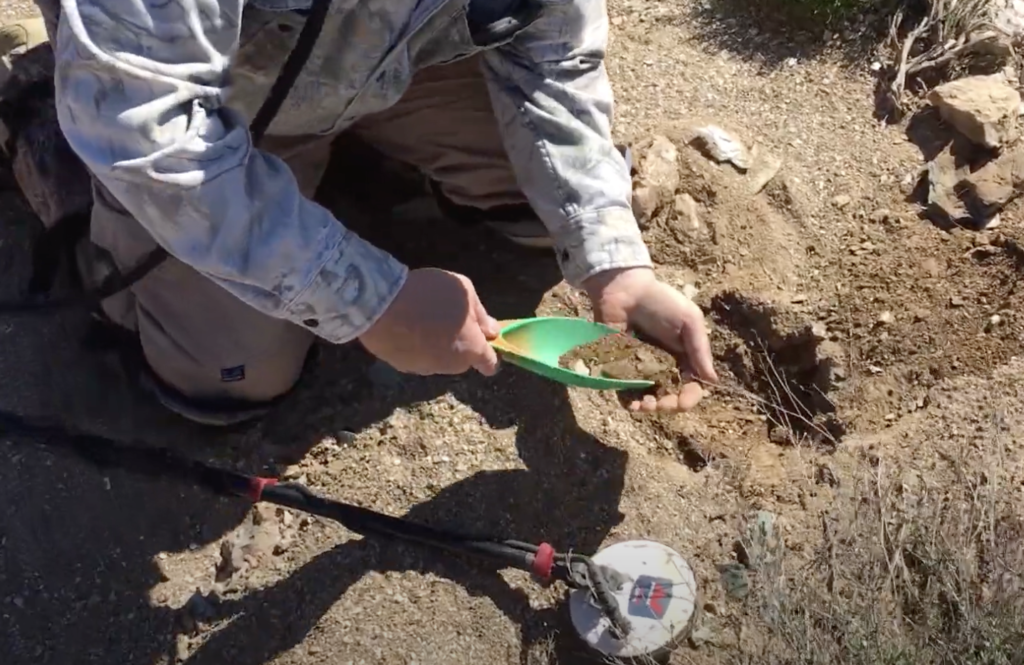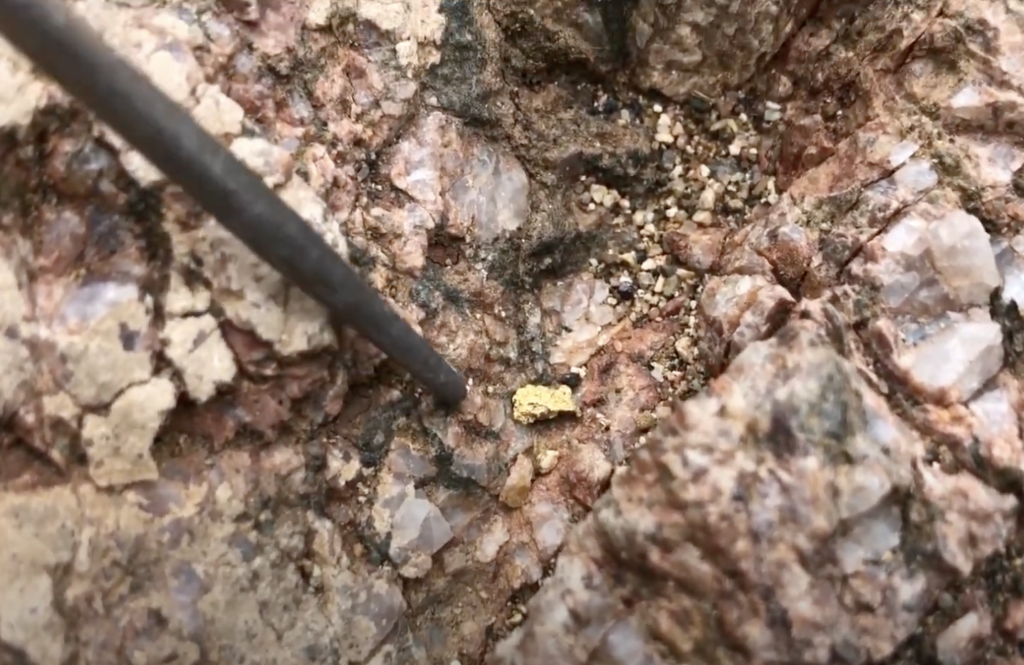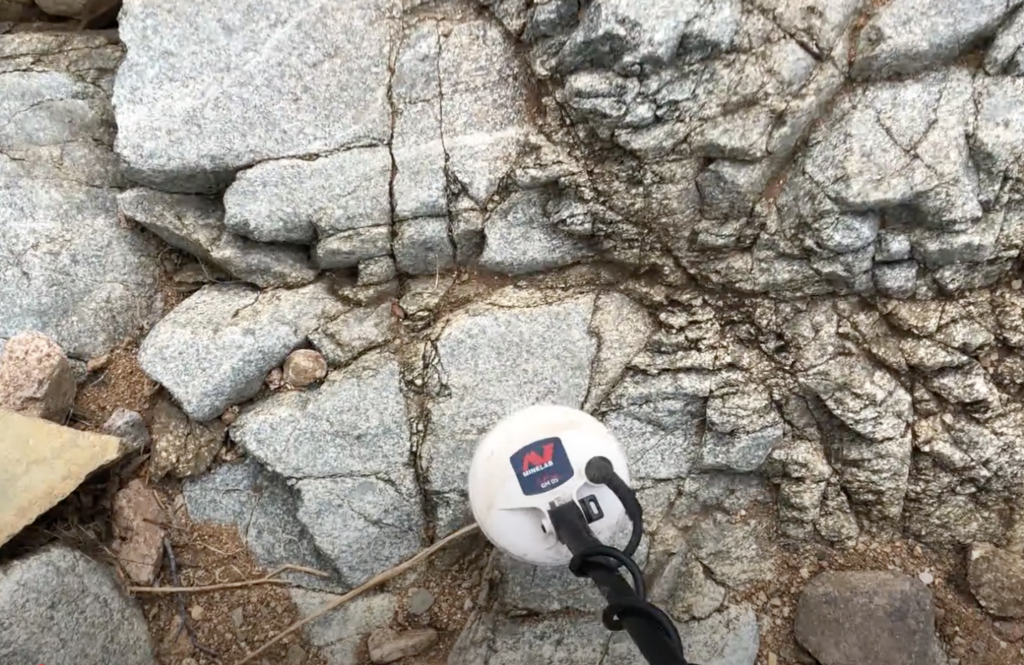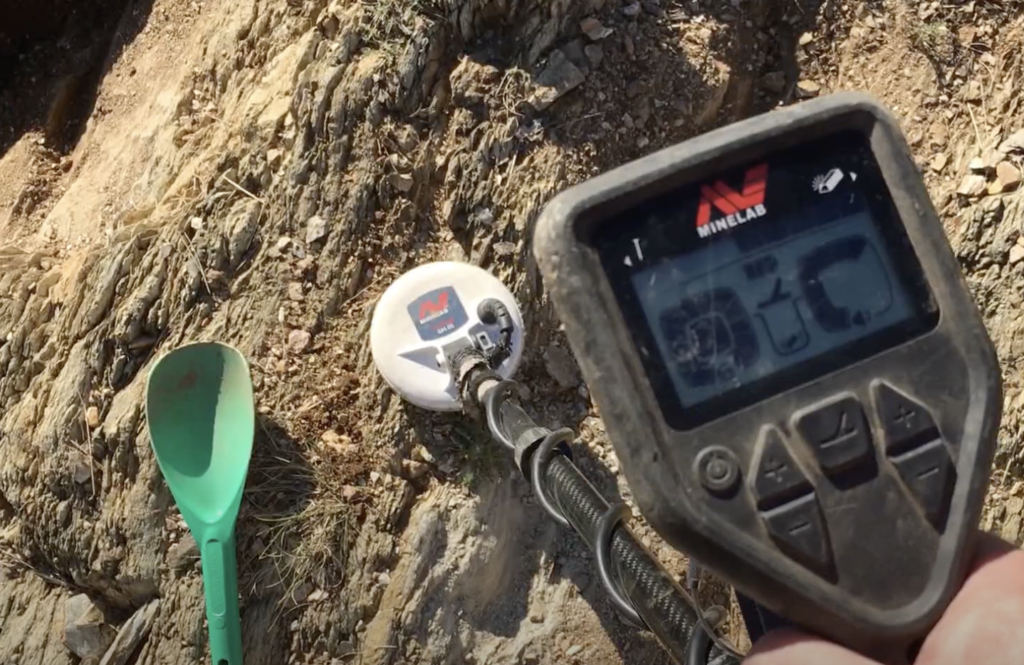Finding Your First Nugget: Metal Detecting for Gold in Arizona
Finding a gold nugget with a metal detector is a dream for many prospectors. Most first trips produce lead shot, bullets, iron, hot rocks, and trash long before gold ever hits the scoop. But that’s part of the process. Nuggets are found by those who combine knowledge, patience, and time on the right ground—not by luck alone.

Mindset and Reality
- Most outings don’t yield gold right away. Don’t be discouraged; consistency and perseverance pay off.
- Every signal counts. Digging trash trains your ear to tell the difference between ground noise, hot rocks, and real targets.
- Nuggets are rare, but they are out there, and those who persist will eventually find one. And once you do, there’s usually more waiting to be uncovered in the same area.
- Don’t let finding trash discourage you. It often means the wash hasn’t been hit very hard or cleaned out. If you come across a wash with zero trash signals, there’s a very good chance someone has already been there, found gold, and cleared it out.
Where to Hunt in Arizona
- Exposed Bedrock in Washes
Cracks, crevices, and natural riffles are classic nugget traps. Nuggets appear most often where bedrock or shallow pay is exposed. Deep sand and heavy overburden can produce gold, but it’s far less likely with a detector. Your best odds come from swinging directly over bedrock, where gold wedges tightly into cracks and crevices. - Shallow Wash Sections
Look for blowouts where floods stripped sand away, leaving bedrock exposed. - Benches and Side Channels
Ancient stream channels above today’s washes often hide overlooked gold. - Iron-Rich Soils and Black Ironstone
Red dirt and black rocks often accompany mineralized ground. Expect more hot rocks here—manage your detector accordingly.

Recommended Detectors and Tools
These are proven machines and essential tools for successful nugget hunting. Choose what fits your budget and experience level:
- Minelab GPX 6000
- Minelab Gold Monster 1000
- Garrett Axiom
- Fisher Goldbug 2
- A green plastic scoop (gold shows up clearly against the color)
- A good pick with a strong rare earth magnet, like the ones Calvin Bunker makes at bunknteri.com
- Snake boots for protection in Arizona washes and desert brush
Detector and Coil Basics
- VLF gold detectors are sensitive and can find very small nuggets on or near bedrock.
- PI detectors see through a lot more mineralization and reach deeper, making them valuable in heavily mineralized Arizona ground.
- Coil size: Start with a small to mid-size elliptical (6–10″) for sensitivity and easy pinpointing.
- Headphones: Crucial for hearing faint target sounds.

Coil to the Soil
There’s a saying: coil to the soil. Keep your coil as low to the ground as possible—ideally brushing or even lightly scraping the surface. That’s why detectors have coil covers: to protect against wear.
- Hot rocks often give a boing sound and usually sit right on the surface. These can be kicked out of the way quickly.
- Attach a strong magnet to the end of your pick. This makes it easy to grab shallow iron trash before you waste time digging it.
- Use your pick to clear larger rocks off the bedrock before detecting. Removing obstacles not only exposes crevices but also lets your coil sit closer to the gold-bearing bedrock.
- If you’ve already found nuggets in a wash, scraping down the bedrock further can reveal more gold that others have missed.
Sweep Technique and Targeting
- Slow sweeps. Move at 2–3 feet per second.
- Overlap 30–40 percent. Think of coloring in every inch, not zigzagging loosely.
- Ground balance often. Arizona mineralization shifts quickly.
- Read the signals. True targets are repeatable from multiple directions. Faint, sharp chirps can be small crumbs of gold that others walk right past.
Practice with a Test Nugget
Tape a tiny lead BB or a small crumb of gold to a card. Practice until you can hear, isolate, and pinpoint quickly. Big nuggets are easy—learning to recognize the faintest chirps gives you an edge.

Common Mistakes
- Swinging too fast or too high off the ground.
- Ignoring faint signals because they don’t sound big.
- Cranking sensitivity too high so ground noise buries real targets.
- Not re-ground-balancing when mineralization shifts.
Safety and Access in Arizona
- Know your ground. Don’t detect on active claims without permission.
- Stay safe. Summer heat and monsoons can be dangerous—carry water and watch the weather.
- Respect the land. Fill your holes, pack out trash, and leave the ground better than you found it.
Bottom Line
Your first nugget probably won’t leap out at you. It will come after hours of coil control, careful sweeps, and digging countless junk targets. But by keeping your coil to the soil, methodically clearing bedrock, and staying determined, it’s only a matter of time before you hear that repeatable signal and see your first gold nugget in the scoop.
Good luck out there—and remember: perseverance finds gold.
If you’re ready to take your detecting to the next level, we offer some excellent Arizona mining claims that are perfect for metal detecting. Check out our available claims here: Arizona Gold Mining Claims for Sale



